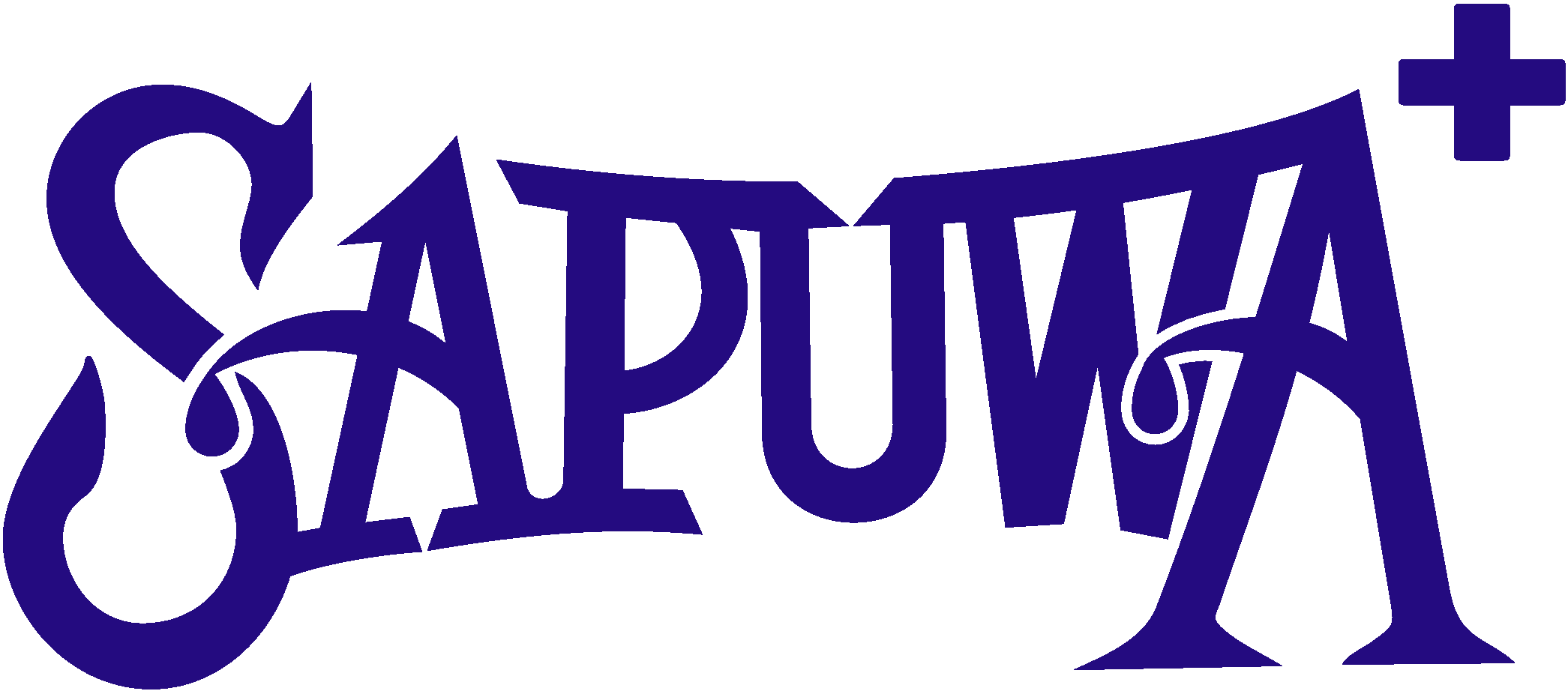You’ve Made A Mistake. Now What?
Anyone who has worked in an office for more than a day has made a mistake. While most people accept that slip-ups are unavoidable, no one likes to be responsible for them. The good news is that mistakes, even big ones, don’t have to leave a permanent mark on your career. In fact, most contribute to organizational and personal learning; they are an essential part of experimentation and a prerequisite for innovation. So don’t worry: if you’ve made a mistake at work, — and, again, who hasn’t? — you can recover gracefully and use the experience to learn and grow.
What the Experts Say
According to Paul Schoemaker, the research director for the Mack Center for Technological Innovation at the University of Pennsylvania’s Wharton School and co-author of the forthcoming Brilliant Mistakes, most people tend to overreact to their slip-ups. They “make asymmetric evaluation of gains and losses so that losses loom much larger than gains,” he explains. As a result, they may be tempted to hide their mistakes, or even worse, continue down paths that have proven unproductive. This “sunk cost fallacy” can be dangerous and expensive.
It is much better to accept mistakes, learn from them, and move on. “Look forward and base decisions on the future not the past,” Schoemaker says. Christopher Gergen, the director of the Entrepreneurial Leadership Initiative at Duke University and co-author of Life Entrepreneurs: Ordinary People Creating Extraordinary Lives, agrees. The most useful thing you can do is “translate a mistake into a valuable moment of leadership,” he says
Here are a few guiding principles to help you turn your gaffes into gold:
Fess up and acknowledge your mistake
First and foremost, it’s critical to be transparent, candid, and own up to the error. Don’t try to blame others. Even if it was a group mistake, acknowledge your role in it. In cases where someone was hurt, issue an apology. However, don’t apologize too much or be defensive. The key is to be action-oriented and focus on the future. How will your misstep be remedied? What will you do differently going forward?
Once you’ve admitted your blunder, it may be appropriate to reframe it. Reframing is not making an excuse, but a genuine effort to help people see the mistake in a different light. Poor decisions or flawed processes can sometimes lead to mistakes, but that doesn’t mean that every bad outcome is a mistake. Gergen says it’s important to understand what was external and internal, what was in your control and what wasn’t. Explaining in a non-defensive way what led to the mistake can help people better understand why it happened and how to avoid it in the future.
Change your ways
Mistakes play a critical role in leadership development. “The best kind of mistake is where the costs are low but the learning is high,” Schoemaker says. If the error was a result of a poor decision, explain to your boss and other interested parties how you will avoid making the same or a similar misstep in the future. You have to respond quickly before people make judgments about your competence or expertise. “You need to get on top of it, get ahead of it, and deal with it,” Gergen says.
By demonstrating that you’ve changed as a result of your mistake, you reassure your superiors, peers, and direct reports that you can be trusted with equally important tasks or decisions in the future. “If you are going to pay the price for making the mistake, you need to get the learning,” Schoemaker says. This is far easier in a learning culture than in a performance-focused culture, in which mistakes are often viewed more harshly. But regardless of the office environment, you need to figure out “how you can translate the mistake from a liability into an asset,” Gergen says.
Rely on your support network
A strong support network can help you. “Our research shows that a healthy support network has three components: authentic trusting relationships, a diverse range of perspectives, and is reciprocal,” Gergen says. Ask current or former colleagues or people outside the organization for their perspective on the mistake and what they believe you can do to recover. They are likely to have some useful advice about how to frame the error and restore your reputation.
Get back out there
It can be hard to rebuild confidence after slipping up. The key is to not let your errors make you afraid of experimentation. Once the mistake is behind you, focus on the future. If it made people question your expertise, put more data points out there to rebuild their trust. Remember that mistakes are not signs of weakness or ineptitude; recovering from them demonstrates resilience and perseverance. Both Gergen and Schoemaker emphasize that many employers look for people who made mistakes and came out ahead.
Not all mistakes are created equal
Mistakes vary in degree and type and some can be tougher to recover from than others. Schoemaker notes that group mistakes are often easier to get over because there is a diffusion of responsibility. Mistakes that involve breaking someone’s trust can have lasting consequences and contrition is critical. If your mistake has caused someone to lose trust in you, approach the person and offer a sincere apology. Ask what you can do to restore his trust. But be patient — forgiveness may take a long time.
Principles to Remember
Do:
- Accept responsibility for your role in the mistake
- Show that you’ve learned and will behave differently going forward
- Demonstrate that you can be trusted with equally important decisions in the future
Don’t:
- Be defensive or blame others
- Make mistakes that violate people’s trust — these are the toughest to recover from
- Stop experimenting or hold back because of a misstep
Case Study #1: A supportive boss and colleagues speed up recovery
As the associate director of the Science & Environmental Health Network (SEHN), one of Katie Silberman’s responsibilities is to manage the nonprofit organization’s grant applications. Last August, Katie created a calendar to track important funding dates; it included due dates for current grant reports as well as deadlines to reapply for future funding. In late January, Katie emailed the foundation officer at one of the organization’s primary funders to check in about their re-application for 2010, thinking she was ahead of schedule. But the Foundation Officer replied that the 2010 deadline had just passed. Katie was shocked. She had a March deadline on her calendar — that was when the report for the 2009 grant was due and Katie expected they would talk about reapplying then. SEHN needed the Foundation grant to make it through the year. “To lose a funder in this environment isn’t just bad, it’s catastrophic,” Katie says. It turns out that each January someone at SEHN calls the foundation officer to discuss that year’s cycle. Katie wasn’t aware of this informal meeting, but it was her responsibility to know each funder relationship in and out and to ensure that the organization was on top of each funding opportunity.
Katie immediately called her boss, explained the mistake and offered ideas about how they could secure new funding sources to keep the organization afloat. Because she was forthright, she and the rest of the SEHN team were extremely supportive, offering to join a team call and do whatever they could to help. The foundation officer had let Katie know that there was a deadline in May for a separate round of funding and so SEHN has decided to submit an idea for a new project conceived at a recent retreat. Katie is optimistic they’ll get it funded.
While Katie felt like she had made an enormous mistake, she learned from it. Her calendar of deadlines now also includes “unwritten” ones and meetings in addition to the hard dates issued by funders.
Case Study #2: Don’t blame the economy, change your ways
In the late 1990s, Christopher Gergen, one of our experts from above, co-founded Smarthinking.com, an online tutoring service for high school and college students. Christopher and his partner raised their first round of financing in the spring of 1999. The company grew quickly: by the beginning of 2000, it had 30 employees and was ready to launch. Then the dot com bubble burst. In a matter of weeks, the company’s financing fell through. With six weeks of cash in the bank, Christopher and his co-founder were facing one of the biggest mistakes of their lives. Like many, they failed to foresee the bubble bursting and left the company and themselves exposed.
Christopher had prior experience with companies facing hard times and had seen leaders hide behind closed doors. He and his co-founder took a different approach. They brought their whole staff together and explained exactly what needed to happen to save the company. Emphasizing that they couldn’t pull it off alone, they were clear about what each person and function needed to do.
They “limped” through that spring and summer, but were able to raise a $5 million round of funding in the fall and winter. While Christopher could easily blame the economy for what happened, he takes full responsibility for putting the company in an over-extended position. “While outside circumstances were not in our control, the ability to manage through it was,” he says. Most importantly, he learned from the mistake and began to take a much more disciplined approach to cash flow. As a result of how he and his co-founder handled the aftermath, the company indeed survived and now has cohesive culture with practically no turnover. It just celebrated its eleventh anniversary and made it through the recent downturn with very few hiccups.
Source: hbr.org
Collect by Minh Tien - Sapuwa
Relative post
- The Virtue of Admitting Fault
- The Power of Admitting A Mistake
- How to Work From Home Effectively
- 7 simple tips to tackle working from home
- 5 ways to make working from home better
- Top 10 Reasons to Start Your Own Business
- Success Tip: To Be Different, You Have To Think Different
- How To Stop Thinking And Start Doing
- Connected Employees: 10 ways to connect with your team
- 5 Ways To Help Teams Connect Virtually
- 10 Things Leaders Managing Remote Employees Should Do
- Seven ways to build the solidarity economy








 0
0


